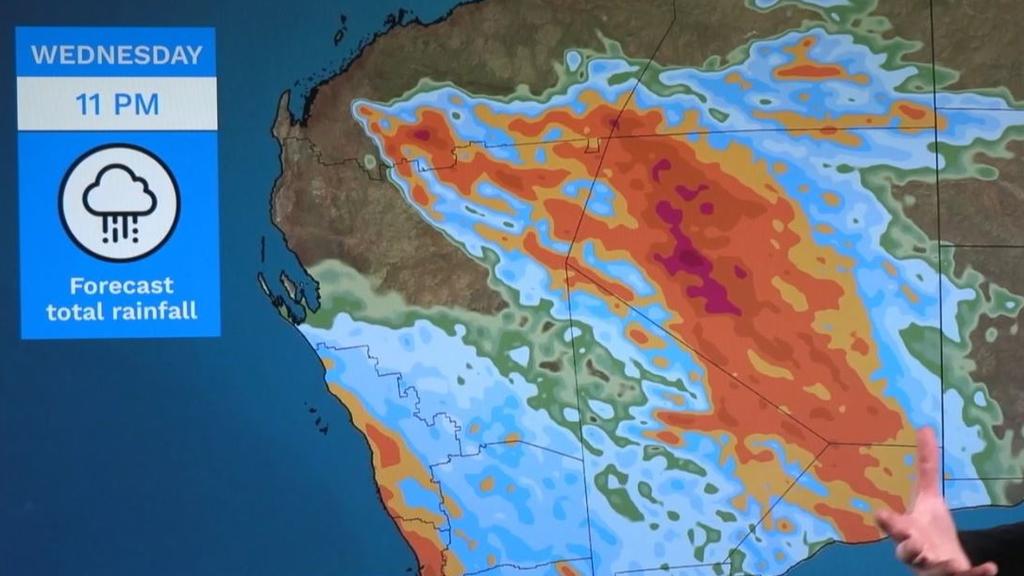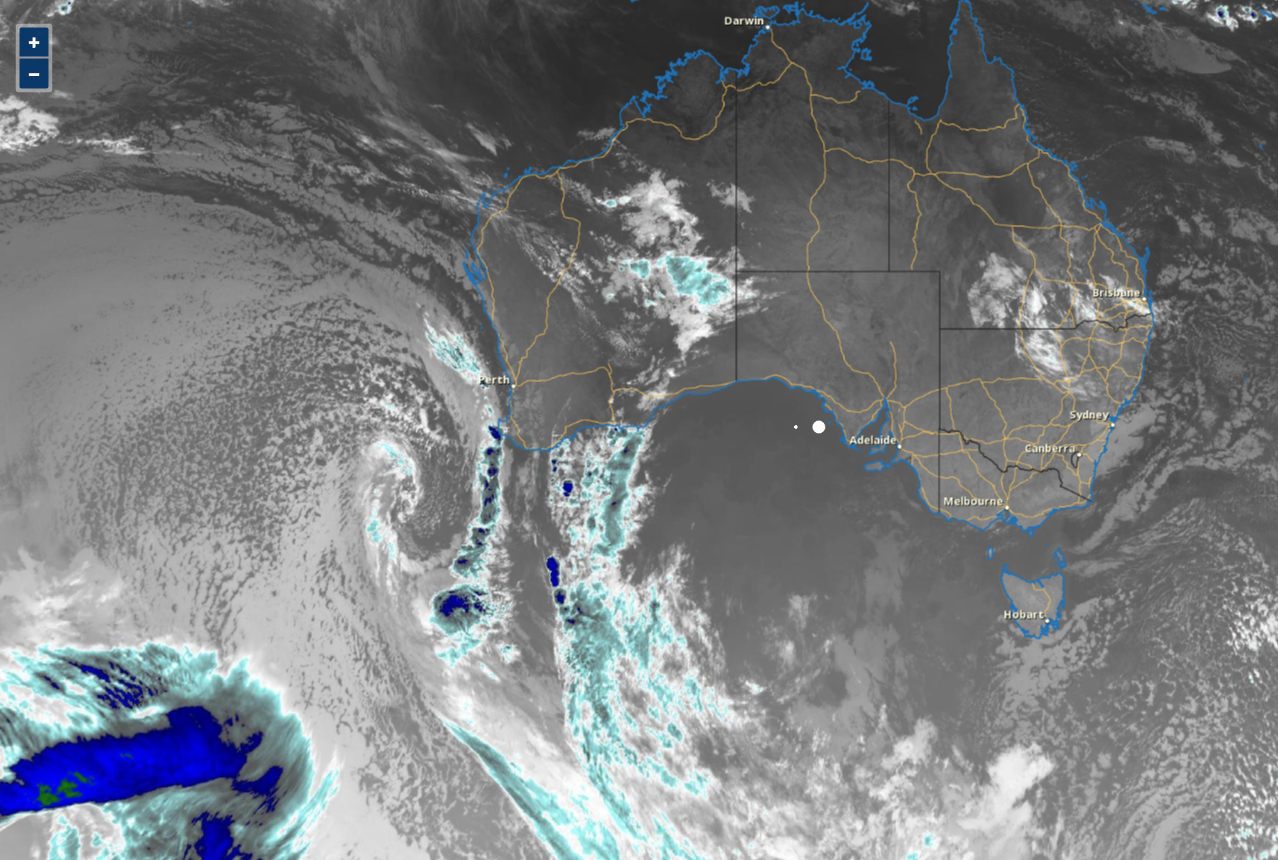Severe weather events have become increasingly frequent and intense as climate change continues to alter weather patterns globally. In Australia, a country already vulnerable to extreme environmental conditions, these changes are most keenly felt in regions like Western Australia (WA). The latest warning from the Bureau of Meteorology (BOM) about destructive winds, severe thunderstorms, and heavy rainfall moving across the state highlights not only the meteorological challenges ahead but also significant security concerns for local communities, infrastructure, and emergency preparedness.
As these dual weather systems approach WA, the BOM has forecast damaging winds of up to 125 km/h in some areas, creating a threat to life, property, and critical infrastructure. The implications of such weather events extend beyond mere inconvenience; they pose a direct challenge to public safety, national security, and economic stability.
Destructive Winds and Severe Storms
On the surface, weather warnings such as those recently issued by BOM seem primarily concerned with public safety and property damage. Indeed, Western Australia’s residents are being urged to prepare for the immediate threat of destructive winds, large waves, and heavy rainfall. According to BOM’s senior meteorologist, Angus Hynes, the region faces up to 125 km/h winds, and areas along the southwest coast could experience the most dangerous conditions.
While public advisories typically focus on the tangible risks—downed trees, damaged buildings, power outages, and road closures—the underlying threat to critical infrastructure, such as communication networks, power grids, and water supply systems, cannot be ignored. The loss of such essential services during a severe weather event can have cascading effects on community safety and resilience.
In regions like WA, where vast distances separate communities, the interruption of transport and supply chains can quickly escalate from a local emergency into a regional crisis. The security of telecommunications, which becomes crucial during emergencies for coordinating response efforts, can also be severely disrupted by extreme weather. Furthermore, as Mr. Hynes noted, the wind’s intensity could peak in the evening, potentially catching residents off-guard and complicating emergency response efforts due to limited visibility and hazardous conditions.

Infrastructure Vulnerabilities: Power Grids and Transport Networks
The damage inflicted by destructive winds extends far beyond broken windows and uprooted trees. Power grids, especially in coastal and rural areas, are highly susceptible to damage during storms. High-voltage power lines can be brought down by falling trees or debris, leading to widespread and prolonged outages. In the case of Western Australia, where the power grid spans vast and often remote areas, the challenge of restoring power after a storm can be daunting.
During a severe weather event, the loss of power can cripple not only homes and businesses but also vital emergency services, including hospitals, fire stations, and police departments. Moreover, power outages affect water treatment facilities and the overall integrity of the water supply, which can be compromised if pumps and purification systems fail. This creates a secondary public health risk in the form of contaminated water supplies, which can lead to outbreaks of waterborne diseases in the aftermath of the storm.
In addition to power, transport networks are also at high risk. The destruction of roadways and bridges or the inundation of key transit routes can cut off entire communities from necessary supplies, such as food, fuel, and medical assistance. This can lead to prolonged isolation for certain areas, particularly in the southwest of WA, where sparse populations are already heavily reliant on transport networks for essential goods.
Coordination and Challenges
Western Australia’s emergency services, including the Department of Fire and Emergency Services (DFES), play a critical role in protecting lives and coordinating the response to severe weather events. However, the scale of this challenge grows exponentially in remote or rural regions where response times can be prolonged by the distances emergency crews must travel. Severe weather only exacerbates this by creating hazardous road conditions and blocking access routes.
Additionally, the communication infrastructure that emergency services depend on can be compromised by destructive winds and lightning strikes. Cell towers and satellite systems may be rendered inoperative, making it difficult to maintain contact with affected communities or coordinate rescue efforts. Given these challenges, local and state authorities must ensure that their emergency response plans are robust and account for worst-case scenarios.
In recent years, emergency services have increasingly incorporated technology, such as drones and remote monitoring systems, to assess damage and coordinate response efforts. However, these technologies are not immune to the effects of extreme weather. Drones, for example, cannot be deployed in high winds, limiting their utility in the immediate aftermath of a storm.

Human Security and Public Health: The Unseen Dangers
While the physical damage caused by storms is often readily visible, the human security implications can be far more subtle yet equally devastating. Severe weather events can displace families, disrupt livelihoods, and strain mental health resources as people cope with the aftermath of destruction. In the case of Western Australia, communities along the coast may face mandatory evacuations due to the storm surge and flooding risk, displacing thousands and overwhelming temporary shelters.
Moreover, severe storms can act as a catalyst for secondary crises, such as disease outbreaks. Flooding, in particular, increases the risk of waterborne diseases, such as cholera or dysentery, due to the contamination of water supplies. Vulnerable populations, including the elderly, children, and those with preexisting medical conditions, are especially at risk during these times. Ensuring that medical facilities remain operational and that health services are accessible is a key priority during such emergencies.
The psychological toll of such events is also considerable. Natural disasters often lead to increased cases of anxiety, depression, and post-traumatic stress disorder (PTSD). The uncertainty brought by climate change-induced disasters further compounds these mental health challenges, underscoring the need for more robust mental health support services in the wake of storms.
A Hit to Western Australia’s Industry
Western Australia is home to a significant portion of Australia’s mining and agriculture sectors, which are vital contributors to both the state and national economies. The destructive weather patterns forecast for the region threaten these industries by disrupting operations, damaging equipment, and delaying production schedules.
For the mining industry, high winds, rain, and flooding can halt operations at open-pit mines, and damaged transport networks can delay the shipment of extracted materials. Moreover, if power lines serving mines are damaged, the loss of electricity could severely impact the ability to resume operations after the storm has passed.
Similarly, agriculture in WA, particularly in the southwest, is at risk of substantial losses due to the heavy rain and high winds. Crops can be destroyed in a matter of hours, and livestock face severe stress, which can lead to lower productivity in the aftermath. The broader economic impact of such losses can ripple through the supply chain, affecting food prices and availability.

Climate Change and the Future of Security Threats
This latest weather warning for Western Australia is a stark reminder of the growing impact that climate change is having on national security. As extreme weather events become more frequent and severe, they will continue to pose multifaceted threats, not only in terms of immediate physical destruction but also in the long-term social, economic, and political ramifications.
The security implications of climate change extend beyond local or regional events. For Australia, a country already facing environmental challenges such as droughts, bushfires, and rising sea levels, the growing unpredictability of weather systems will require a reevaluation of national security strategies. Governments at all levels must invest in building climate resilience, not only through physical infrastructure but also through community preparedness, disaster response capabilities, and international cooperation.
Building Resilience in a Climate-Uncertain World
The destructive winds and severe storms forecasted for Western Australia serve as a powerful reminder of the challenges posed by extreme weather in a climate-uncertain world. While the immediate focus must be on protecting lives and property, there is a clear need to integrate these events into broader discussions about national security and resilience.
In the face of these growing threats, governments, industries, and communities must collaborate to strengthen infrastructure, improve emergency response capabilities, and address the long-term risks posed by climate change. As severe weather events become more frequent and intense, only a coordinated, proactive approach will ensure that Australia remains resilient in the face of future storms.



